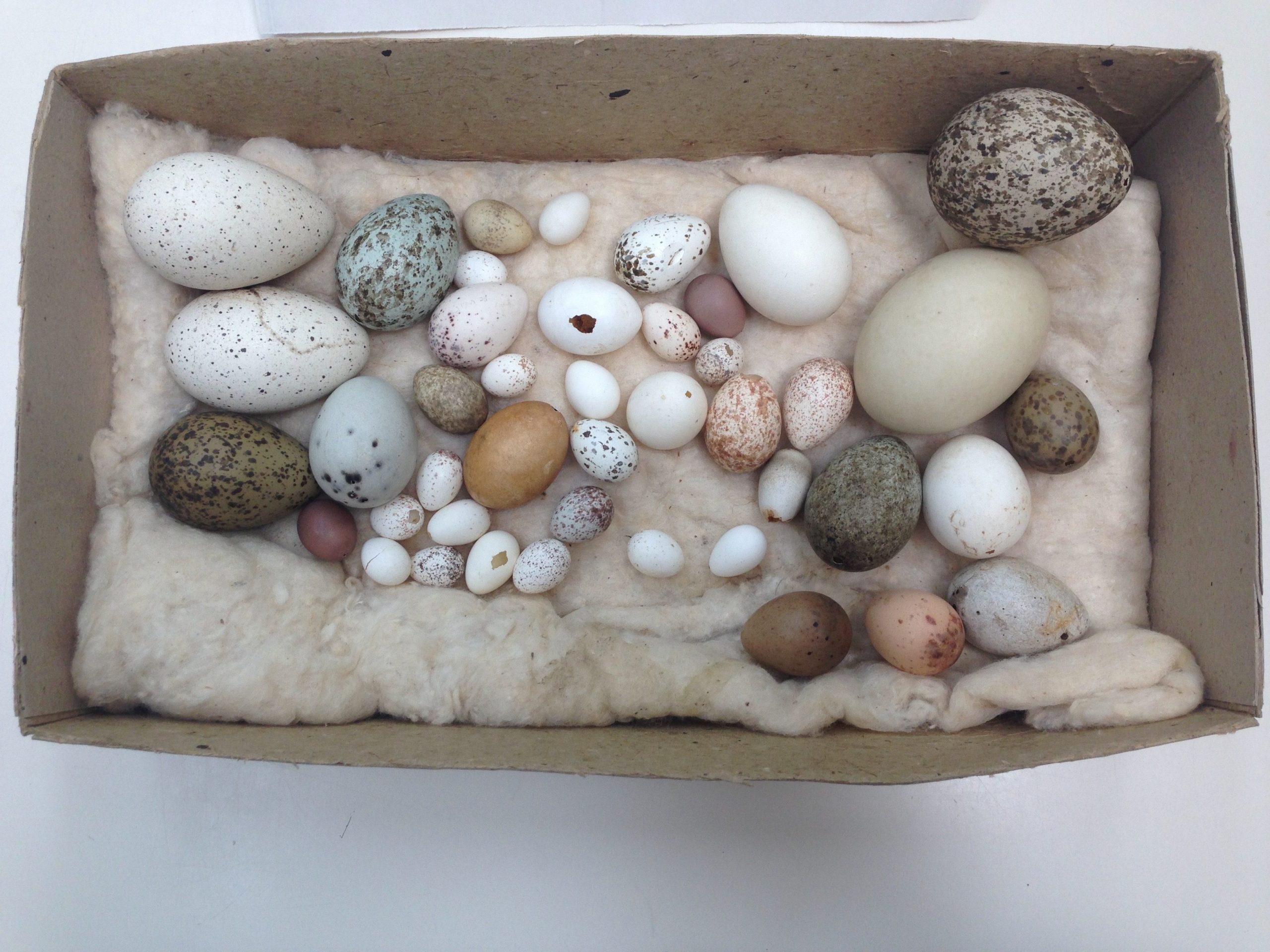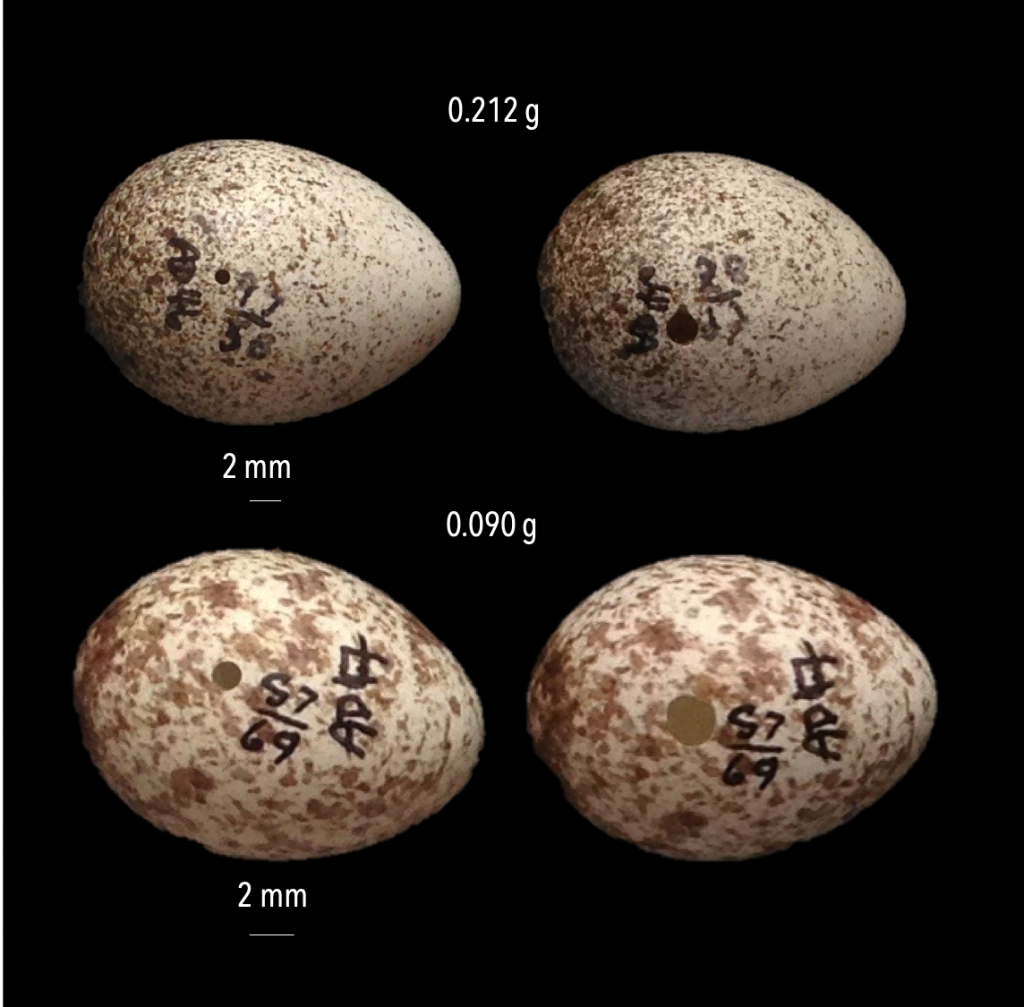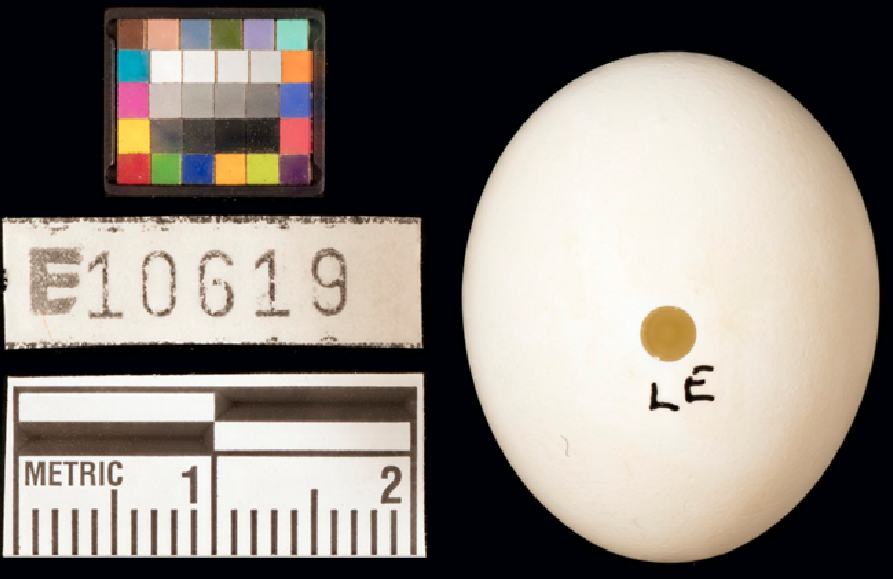
In 2019 researchers at the Australian National Wildlife Collection (ANWC) at CSIRO and the Trace and Environmental DNA Laboratory at Curtin University extracted and sequenced DNA from three 50-year-old eggshells from the ANWC avian egg collection. They used it to reconstruct near-complete mitochondrial genomes, a first using eggshells of non-ratite birds.
Today, a team from ANWC and the Australian National University announced DNA can be extracted from very small eggshells held in museum collections without causing damage to the integrity or appearance of the specimen. The team demonstrated how their new sampling technique can be used to confirm the identity of unknown specimens.
Around the world there are nearly 5 million eggshell specimens held in natural history collections. Many were collected by hobbyists in the past, before egg collecting was made illegal in most countries.

“To be useful for scientific research, eggshells need to have accurate metadata, which includes information about when and where the specimen was collected and what species it belongs to. But bird eggshells often lack metadata because the eggs of different species can look very similar,” said lead author Alicia Grealy.
“In this study we examined 45 different eggshell specimens from ANWC that lacked metadata. We compared different sampling methods, such as swabbing the surface of eggshells, but ultimately optimised a drilling technique to retrieve eggshell powder. This provided us with sufficient DNA to identify the species while keeping the specimen intact,” Alicia said.
The team cross-checked the species IDs they generated by using the Atlas of Living Australia to compare the morphology of each egg specimen with published reference photographs of that taxon.
“We then put the method to the test on a clutch of eggs in ANWC that purportedly were of the extinct Paradise Parrot,” Alicia said.
The Paradise Parrot (Psephotellus pulcherrimus) was listed as extinct in 1927. It lived in south-east Queensland and laid its nondescript white eggs inside termite mounds. Collected in 1967, the clutch of eggs had been identified as belonging to the Paradise Parrot and this has been contested for more than 50 years.

“Our study confirmed that this clutch belonged to the common and far from extinct Eastern Bluebonnet, Northiella haematogaster. Fraud and misidentifications like this can have serious implications for research that relies on accurate occurrence records for threatened and endangered species,” Alicia said.
“We hope our research will help egg collections in museums worldwide be better utilised for research that supports biodiversity and conservation management,” Alicia said.
For more information on this research:
- Read the full published article Genetic barcoding of museum eggshell improves data integrity of avian biological collections
- Read Eggshell forensics solve the riddles of ancient birds on CSIROscope
- Browse the Australian National Wildlife Collection on the ALA